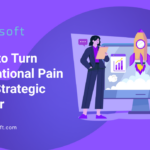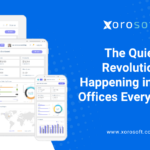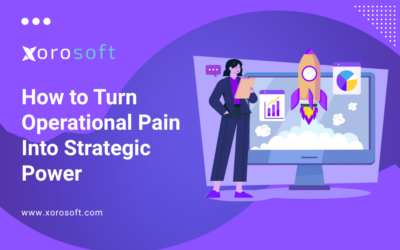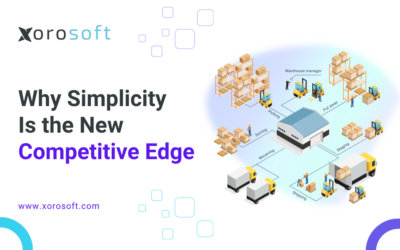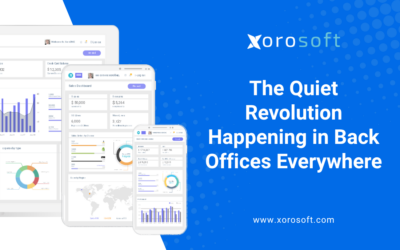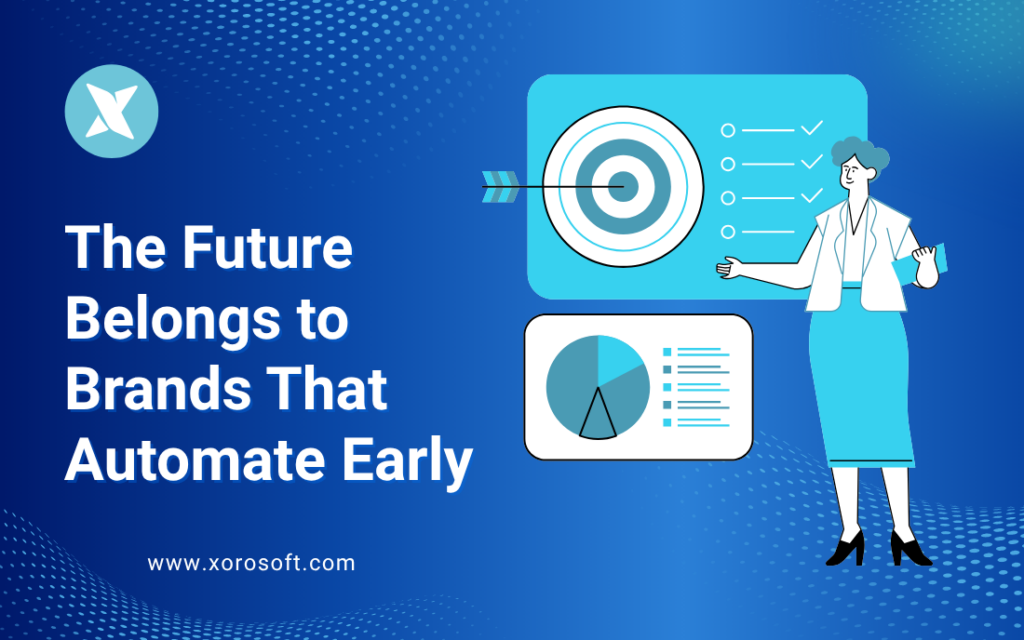
Ecommerce Operations Software for Scalable Brands
Ecommerce operations software is transforming how modern brands grow and manage complexity. As your ecommerce business scales, new challenges appear — orders surge, inventory updates lag, and your team spends more time fixing errors than focusing on expansion. Without connected systems, small inefficiencies quickly multiply and slow your momentum. That’s exactly why ecommerce operations software has become the backbone of scalable online retail.
Growth is every founder’s dream, but it can also strain your operations. Manual workflows and disconnected tools might work at first, yet they eventually create confusion, delays, and higher costs. Therefore, adopting a single connected platform early allows your team to stay calm, efficient, and focused on growth instead of firefighting.
In addition, ecommerce operations software unifies every essential process — inventory, accounting, fulfillment, and reporting — into one real-time system. As a result, you gain control, visibility, and confidence to scale without friction. Instead of managing spreadsheets, your team can finally dedicate its energy to innovation, product improvement, and customer experience.
Why Ecommerce Operations Software Builds Long-Term Strength
As your brand scales, complexity grows. Many teams rely on patchwork tools that work fine at first but soon create inefficiencies. For instance, disconnected systems lead to repeated data entry, late updates, and inaccurate stock counts.
However, ecommerce operations software solves these problems by connecting your entire back office. Moreover, it provides real-time visibility across every sales channel, allowing you to make informed decisions faster.
In addition, early automation gives you a structural advantage. When you streamline before chaos hits, you create a foundation for smooth, profitable scaling later.
Common Frictions That Slow Growth — and How to Fix Them
Behind every operations bottleneck lies the same set of familiar frictions. Fortunately, ecommerce operations software addresses each one effectively.
-
Disconnected tools that force repetitive data entry
-
Inconsistent inventory updates that cause overselling or missed orders
-
Late reporting that delays important decisions
-
Manual invoicing and fulfillment that drain time and energy
-
Reliance on one key employee who “knows the system”
Each of these pain points adds hidden cost. As a result, your team spends more time reacting and less time improving. When your systems connect through automation, data flows freely, and efficiency becomes your default mode.
How One Brand Regained Control and Calm
Consider a mid-sized apparel retailer fulfilling over 300 daily orders through Shopify, Amazon, and wholesale channels. They managed everything manually, using spreadsheets and email to reconcile stock each week.
Before automation:
-
Eight hours weekly wasted on reconciliation
-
Frequent stockouts and delayed shipments
-
Slow cash conversion cycle
After implementing ecommerce operations software:
-
Inventory accuracy improved from 92% to 99.7%
-
Order processing time dropped by 40%
-
Cash cycle shortened by 12 days
Because of these changes, the leadership team finally had time to focus on launching new products and growing strategically. Consequently, their operations shifted from reactive to proactive.
The Playbook for Automating with Ecommerce Operations Software
Automation success depends on structure, not just software. Follow these steps to implement ecommerce operations software effectively and sustainably.
1. Map Every Step of Your Operations
Begin by outlining your order-to-fulfillment flow. Identify every step that requires manual input or double work. These are your automation targets.
Goal: Understand where errors originate.
Metric: Count manual touchpoints.
2. Pinpoint Recurring Bottlenecks
Review where delays happen most often — for example, during invoicing or restocking. Then, prioritize problems that appear repeatedly.
Goal: Target high-impact issues.
Metric: Average delay per task.
3. Connect Inventory, Accounting, and Fulfillment
Once you’ve identified problem areas, connect your systems through ecommerce operations software. As a result, you’ll create a single source of truth for all operational data.
Goal: Remove duplication and confusion.
Metric: Reduction in reconciliation time.
4. Automate Repetitive Workflows
After integration, use built-in automation to handle invoicing, order routing, and stock updates. In addition, define clear exception rules to maintain control.
Goal: Free your team for strategic work.
Metric: Orders processed per hour, before and after automation.
5. Monitor Performance in Real Time
Dashboards inside your ecommerce operations software show fulfillment speed, order accuracy, and inventory levels. Because updates happen instantly, you can address issues before they escalate.
Goal: Shift from reactive to proactive management.
Metric: Time from event to dashboard visibility.
6. Train Your Team for Exceptions
Automation handles routine work; people handle judgment. Therefore, train staff to manage exceptions confidently. As a result, your operation remains resilient even during unexpected spikes.
Goal: Empower employees and improve response times.
Metric: Percentage of orders requiring manual action.
7. Refine Workflows Regularly
Finally, automation isn’t a one-time project. Review performance data quarterly. In addition, look for new bottlenecks or outdated processes.
Goal: Ensure continuous improvement.
Metric: New workflows automated vs. retired.
Measuring the Impact of Connected Operations
Efficiency is one benefit; visibility is another. The real value of ecommerce operations software appears in hard metrics that prove its worth:
-
Order Accuracy: Fewer customer issues and refunds
-
Fulfillment Speed: Faster delivery with the same staff
-
Inventory Turnover: Healthier stock cycles
-
Cash Conversion Cycle: Quicker reinvestment of profits
Moreover, real-time reporting empowers leaders to act on facts instead of hunches. Therefore, decision-making becomes faster, clearer, and more data-driven.
How to Choose the Right Ecommerce Operations Software
Not every platform fits every brand. To find the right system, compare software on usability, scalability, and integrations.
Key factors to consider:
1. Seamless Shopify, accounting, and warehouse integrations
2. Ease of use for non-technical staff
3. Reliable real-time dashboards and analytics
4. Scalability for multi-channel growth
5. Fast, friendly support and onboarding
For instance, you can explore tools rated highly on G2’s easiest-to-use ERP systems or try Xorosoft ERP for Shopify. Both options are known for intuitive interfaces and seamless setup.
Building a Calmer, More Scalable Operation
When your back office runs smoothly, everything else improves. Instead of fighting fires, your team can plan ahead, optimize marketing, and enhance the customer experience.
Ecommerce operations software turns scattered workflows into synchronized systems. Furthermore, it reduces costs, increases visibility, and restores confidence.
As a result, you operate with calm, speed, and precision — even during peak season.
If you’re ready to future-proof your business, start by exploring top solutions today:
- G2’s Top-Rated ERP Systems
- Xorosoft ERP for Shopify — built to simplify operations and scale with you
- Book a live demo today
- Explore XoroONE
Automation doesn’t replace your people. Instead, it amplifies what they can achieve. Begin now, and make your operations your greatest growth advantage.

